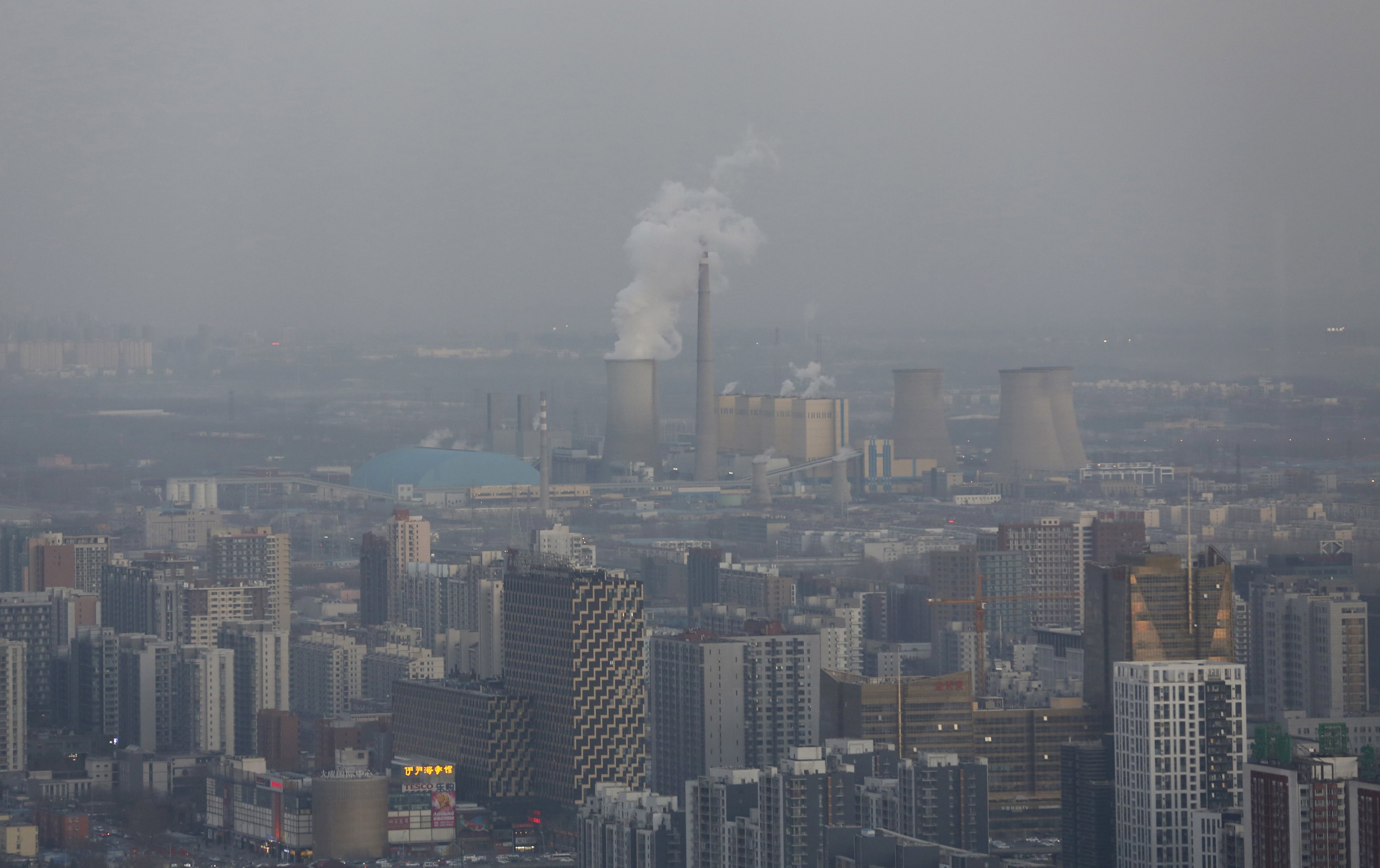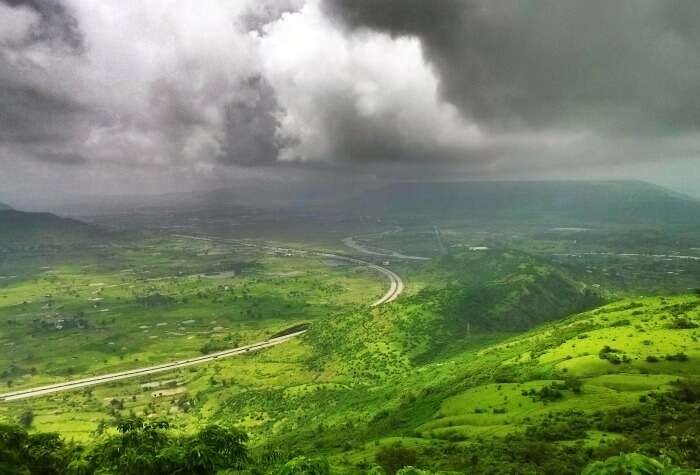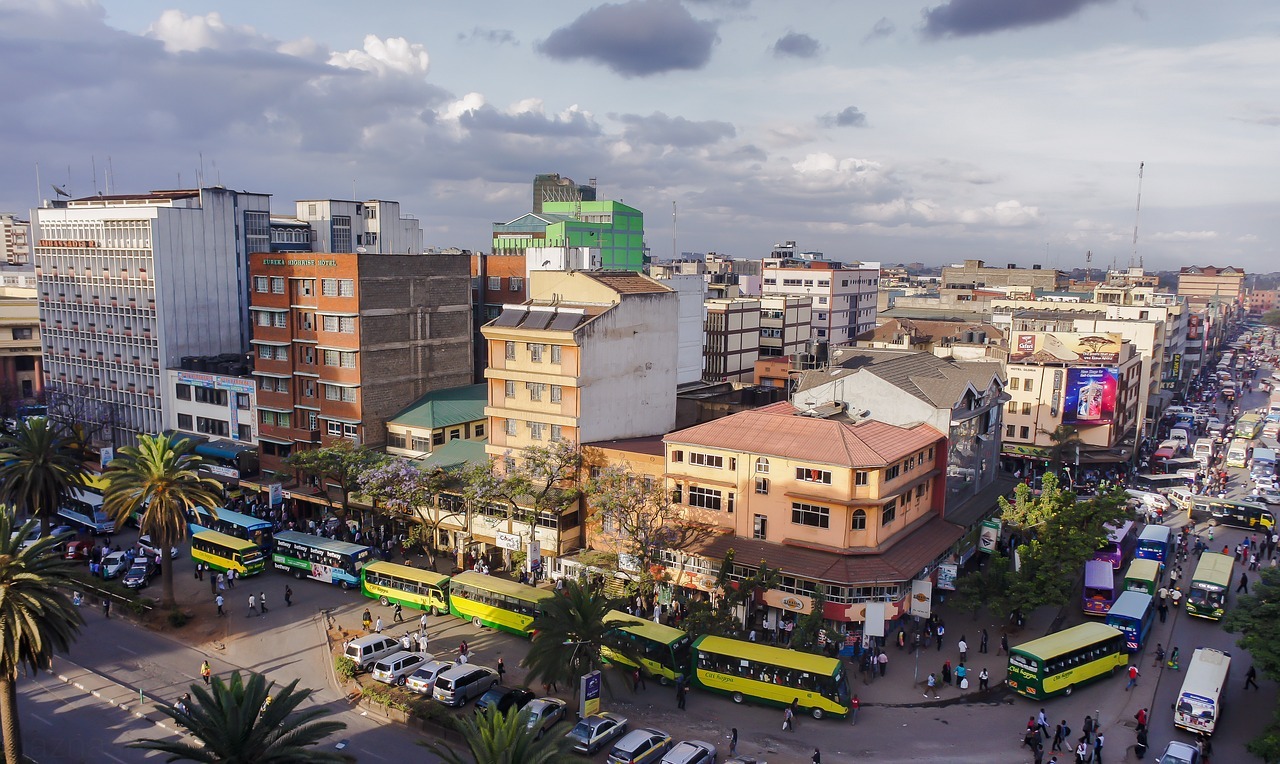The History of Pollution in the Capital City
When I was a child growing up in Beijing, one of the major forms of pollution we faced seasonally was sandstorms in the spring. While they were certainly annoying localized dust storms, they were not seen as a major health risk. The dust and grit would blow into the city, coating surfaces and requiring extra cleaning. However, we saw it more as a temporary inconvenience than a serious problem. After the storms passed, blue skies would return within a day or two.

The Emergence of PM2.5 as the Dominant Pollutant
In the last few years, chronic small particulate air pollution has become the biggest issue, specifically particles known as PM2.5. These are tiny pollutants less than 2.5 micrometers in diameter that can penetrate deep into the lungs and even enter the bloodstream. On average, there are only about 3-4 days per month now that would be considered having clean, safe air in Beijing according to standards elsewhere in the world. For locals, we consider the air acceptable if the PM2.5 value stays below 300, though most experts say even below 200 poses health risks with long-term exposure.
Outdoor Activities Become Risky When Pollution Spikes
When PM2.5 levels surge above 500 or 600, residents do their best to minimize time spent outdoors without a protective mask. Going for a jog or other strenuous exercise outside would essentially be self-endangering when pollution peaks that high on the index. All unnecessary trips outside are avoided, and windows/doors are kept closed to limit additional particle inhalation. People retreat into air-conditioned offices, homes, shopping malls, and other enclosed structures for safety. The hazardous haze hanging over the city acts as a highly visible warning sign to stay indoors.
A Novelty Item: Bottled Beijing Air
The severe air pollution problems in the capital have even spawned novelty products like bottles of “Beijing air” sold online. Searching sites like Taobao reveals 500ml bottles priced around 18.8 RMB. Reviews claim the sourced air truly captures the authentic smoggy essence of the city. One customer joked they would happily purchase more bottles if visiting from out of town to get a taste of home. While likely meant as a joke item, it reflects how pervasive and notorious the pollution situation has become locally and abroad.
A Firsthand View of the Smog from High Above
On a business trip to Beijing from Shanghai, I took the opportunity to climb one of the many buildings still under construction in the city center. From high vantage points usually blocked from public view, it was frightening to see the thick yellow-gray smog stagnating in the atmosphere. Far below, the murk was less dense, but masks were still ubiquitous on every face navigating streets and sidewalks through the haze. Only the highest points provided line-of-sight relief through patches in the opaque layer choking the urban landscape. It driven home how the pollution issue dominates daily life as both a visible and invisible health threat.
Have Beijing’s Bad Air Days Improved Recently?
While pollution levels still spike dangerously high at times, locals note this past winter saw somewhat better air conditions overall compared to previous years. Yes, Beijing endured stretches with very unhealthy air, pushing the PM2.5 index above 300 on multiple days. However, prolonged nasty smog like the record 700 plus readings from early 2013 have thankfully not recurred. Some relief may stem from economic downturns reducing industrial emissions or stricter environmental policies beginning to curb traditional coal burning. Still, pristine blue skies remain elusive, and invisible fine particles continue imparting long-term health risks. Only sustained cleaner energy adoption will sufficiently resolve this pressing metropolitan problem.
Learning to Adapt While Hoping for Improvement
Living with omnipresent smog as an inescapable aspect of city life has undoubtedly bred a certain resilience among capital residents. However, it also fuels ongoing debates about when pollution becomes unliveable and pushes young families to seek less toxic environments elsewhere. For the time being, locals make do, getting outdoors when pollution dips but planning indoor activities for worst case scenarios. While complaints are common, most appreciate occasional cleaner days and hope continued efforts yield meaningful long-term gains against this persistent public health threat. Only with determined multi-sector collaboration can Beijing transition to reliably breathable air quality.

 Travel Options from Mumbai to Pune in Monsoon Season: A Comprehensive Guide
Travel Options from Mumbai to Pune in Monsoon Season: A Comprehensive Guide